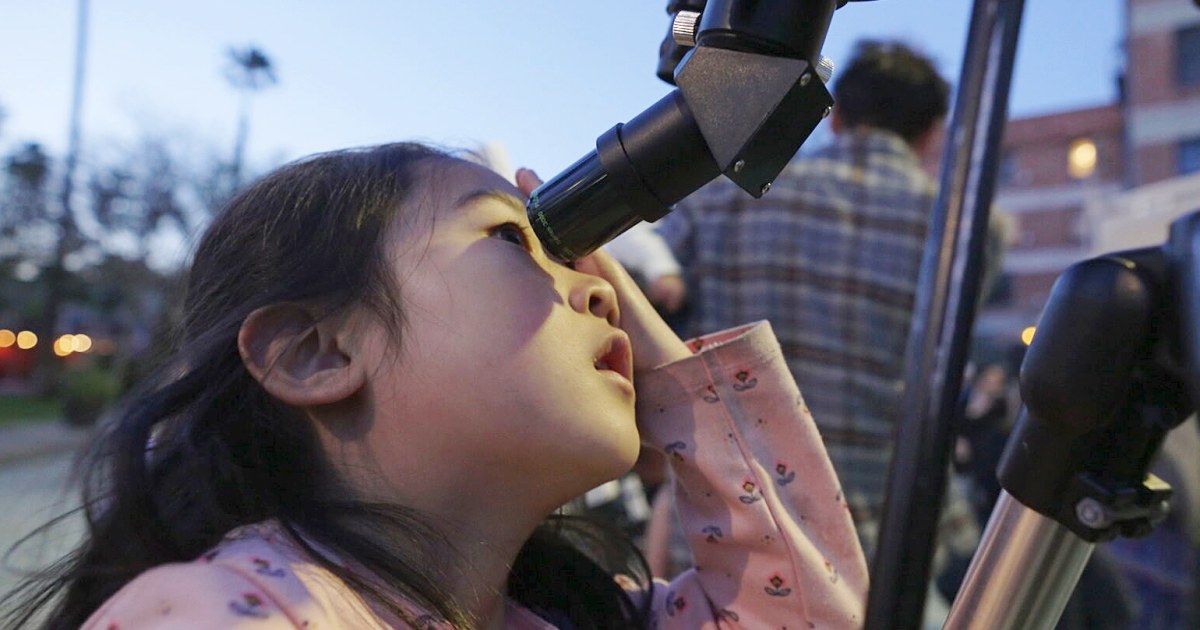
Rocket Propulsion System
In the context of aerospace engineering, a Rocket Propulsion System refers to the mechanism that provides the thrust necessary to propel a rocket or spacecraft. It operates based on Newton's third law of motion - for every action, there is an equal and opposite reaction. The system expels propellant (reaction mass) in one direction, and the rocket moves in the opposite direction. The propulsion system typically consists of a rocket engine or motor, fuel, and an oxidizer. The fuel and oxidizer react in the combustion chamber, producing high-pressure and high-temperature gases. These gases are then expelled through a nozzle, creating the thrust that propels the rocket. The efficiency of a rocket propulsion system is measured by its specific impulse, which is the thrust produced per unit weight of propellant consumed per unit time. Rocket propulsion systems are critical in launching satellites, space probes, and manned missions into space, and they also have applications in military technology.
Your Previous Searches
Random Picks
- Propulsion Technologies: Propulsion technologies refer to the methods and systems used to propel spacecraft and other vehicles through space. These technologies include chemical rockets, electric propulsion, nuclear propulsion, and solar sails. Chemical rockets are ... Read More >>
- Rocket Stages: Rocket stages refer to the individual sections of a rocket that are designed to separate from the main body of the rocket as it ascends into space. Each stage is equipped with its own engines and fuel supply, and is responsible for propelli ... Read More >>
- Radiation Sickness: Radiation sickness, also known as acute radiation syndrome (ARS), is a collection of health effects that occur within several days of exposure to high amounts of ionizing radiation. The severity of symptoms depends on the amount of radiatio ... Read More >>
Top News

Easter's date remains divisive. Some church leaders want that to change...
Eastern and Western churches will celebrate Easter on the same day this year, while marking 1,700 years since the Council of Nicaea unified Christian doctrine...
News Source: ABC News on 2025-04-19

In a city of stars, Los Angeles astronomy club makes sure to keep looking up...
LOS ANGELES — While Los Angeles is home to the biggest stars in the world, a monthly get-together is proving that the city’s rich and famous have nothing on the universe....
News Source: NBC News on 2025-04-18

This week on "Sunday Morning" (April 20)...
A look at the features for this week's broadcast of the Emmy-winning program, hosted by Jane Pauley....
News Source: CBS News on 2025-04-17

Scientists detect strongest hints yet of life on a distant planet...
Scientists have detected unique chemical patterns similar to those produced by the Earth's algae and seaweed — raising the possibility of the presence of a warm ocean, perhaps teeming with life, on ...
News Source: NBC News on 2025-04-17

Is there life on another planet? Scientists find the strongest evidence yet...
Near a planet far, far away astronomers have found traces of chemicals that on Earth are only produced by living beings....
News Source: Al Jazeera English on 2025-04-17